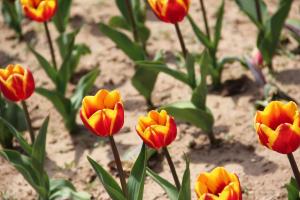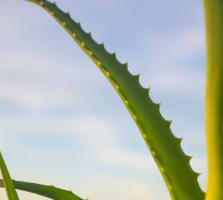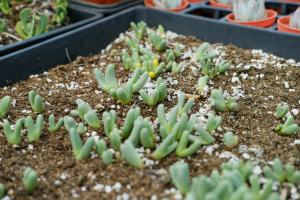Introduction
Water is an essential element for most living organisms. It is present in various forms and is home to a vast range of animal and plant species. Both plants and animals live in different water habitats, which vary significantly in temperature, depth, and salinity. But why is that so? This article aims to explore the reasons for this biodiversity and understand how plants and animals adapt to different water environments.
Types of Water Habitats
Water habitats are broadly classified into two types: freshwater and marine. Freshwater habitats include ponds, lakes, streams, and rivers, while marine habitats include oceans, coral reefs, and estuaries. The primary difference between these two types of water habitats is their salt concentration. Freshwater habitats have a low salt concentration, usually less than 0.5%, while marine habitats have a high salt concentration, around 3.5%. Plants and animals that live in these environments are adapted to these conditions.
Adaptations of Plants to Different Water Habitats
Plants are adapted to different water habitats in various ways. Aquatic plants have evolved to grow underwater, and they have unique features that help them survive in water. For example, freshwater plants like lily pads have broad leaves that float on the surface of the water, while marine plants like seagrasses have long, ribbon-like leaves that grow near the bottom of the ocean. These plants have adapted to different light conditions and nutrient availability, which is why they can thrive in different water habitats.
Adaptations of Animals to Different Water Habitats
Similarly, animals have adapted to their respective water environments. For instance, freshwater fish have a different physiology than marine fish. Freshwater fish have a higher concentration of salts in their bodies than the surrounding water, and they excrete excess water to prevent their cells from swelling. Marine fish, on the other hand, have a lower concentration of salts in their bodies, and they face the risk of dehydration. Thus, they drink seawater and excrete excess salt through their gills. Other animals, such as dolphins, whales, and penguins, have evolved to live in different marine habitats and have unique physiological adaptations that enable them to survive in the ocean.
The Role of Water Quality in Habitat Selection
Water quality plays a crucial role in the selection of water habitats by plants and animals. Polluted water can have harmful effects on the health of living organisms. For instance, fish living in polluted water can have slower growth rates, abnormal reproductive development, and even death. Similarly, water pollution can also harm plants and reduce their ability to photosynthesize and grow. Therefore, plants and animals must choose water habitats that have better water quality to survive.
Conclusion
Plants and animals are adapted to different water habitats based on their unique physiological and anatomical characteristics. Their ability to survive in these environments is dependent on several factors, such as water quality, nutrient availability, and light conditions. The vast biodiversity that exists in different water habitats is vital to maintain ecological balance and protect the health of our planet. It is crucial that we continue to take necessary steps to preserve these habitats and protect the living organisms that inhabit them.

 how many times do yo...
how many times do yo... how many planted tre...
how many planted tre... how many pine trees ...
how many pine trees ... how many pecan trees...
how many pecan trees... how many plants comp...
how many plants comp... how many plants can ...
how many plants can ... how many plants and ...
how many plants and ... how many pepper plan...
how many pepper plan...
































